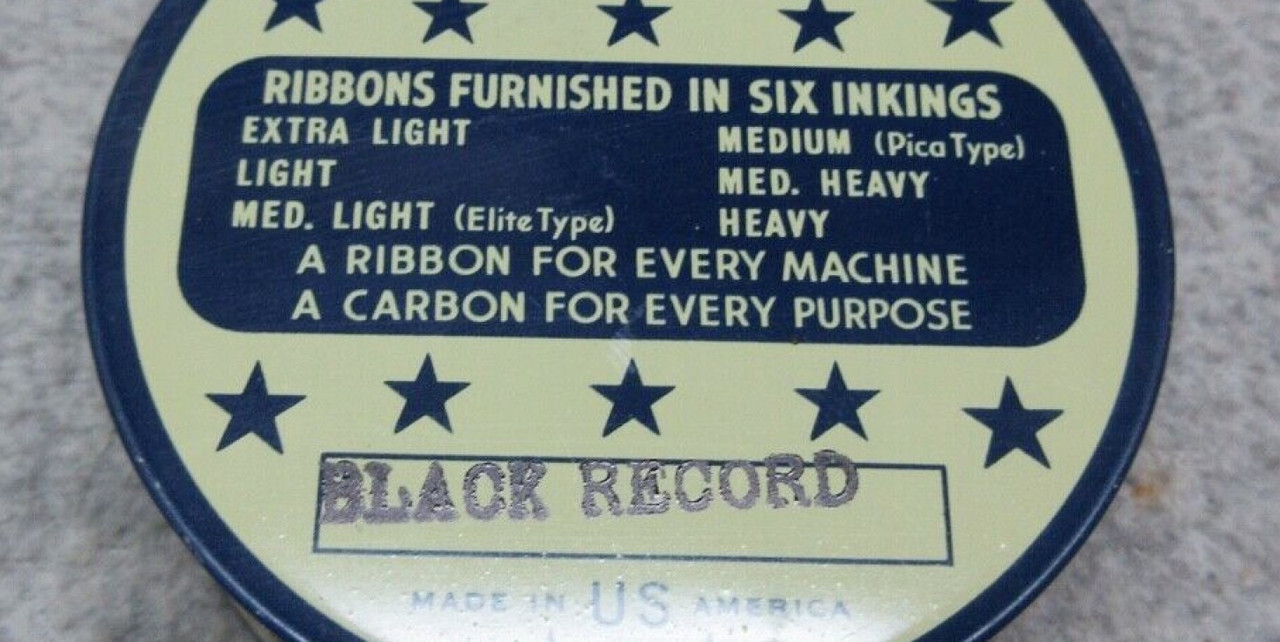
- robmck
- Speed Champion
 Offline
Offline - From: Seattle, WA
- Registered: 31-1-2022
- Posts: 389
Re: How to recognize a Pica or Elite font ?
Thanks, Laurenz, for links. Lots of details on Erikas (and a reminder of how rusty my German is).
The 1.5mm Olympia typefaces are interesting (not for daily use, though). I wonder if they shipped those machines with narrower line spacing (the specimen looks like they didn't).
- skywatcher
- Moderator
 Offline
Offline - From: The Prairies of Alberta
- Registered: 14-3-2013
- Posts: 742
Re: How to recognize a Pica or Elite font ?
Hi Rob and Laurenz
The 1.5mm typeface works out to 17 cpi. A Type-Pal member in the USA has an Olympia SG-1 with 1.5mm (17 cpi) and I received a letter typed on that machine. A good pair of reading glasses is a must for me to be able to read that type. However, wouldn't that have been a great machine for typing on those Aerogram letters? You would be able to get a lot of information on the 3-fold correspondence. All the best,
Sky
We humans go through many computers in our lives, but in their lives, typewriters go through many of us.
In that way, they’re like violins, like ancestral swords. So I use mine with honor and treat them with respect.
I try to leave them in better condition than I met them. I am not their first user, nor will I be their last.
Frederic S. Durbin. (Typewriter mania and the modern writer)
- Pete E.
- Typewriter Talk Elite
 Offline
Offline 
- From: Idaho - USA
- Registered: 23-6-2020
- Posts: 2,533
Re: How to recognize a Pica or Elite font ?
Looks like some ribbon suppliers even recommended a differing "inking" for Pica versus Elite type-sizes.
.
- Uwe
- Moderator
 Offline
Offline 
- From: Toronto, Canada
- Registered: 12-3-2013
- Posts: 4,410
Re: How to recognize a Pica or Elite font ?
Pete E. wrote:
Looks like some ribbon suppliers even recommended a differing "inking" for Pica versus Elite type-sizes.
Given that Elite slugs are likely to foul quicker than Pica from over-inking, it was a nice option to have back when ribbon was still being produced globally, and didn't all originate from one Chinese factory (speculation).
The pronoun I has always been capitalized in the English language for more than 700 years.
- keystriker
- Platen Punisher
 Offline
Offline 
- From: Rural Northern California, USA
- Registered: 21-9-2024
- Posts: 51
Re: How to recognize a Pica or Elite font ?
I recently read somewhere that the Underwood-Olivetti Lettera 22 had 11 point something or other per inch type. It stuck in my memory because my first typewriter was a Lettera 22, and I remember discovering that it was neither Pica nor (standard U.S.) Elite, but somewhere between.
“Don’t be too harsh to these poems until they’re typed.
I always think typescript lends some sort of certainty:
at least if the things are bad then, they appear to be bad with conviction.”
~ Dylan Thomas
- thetypewriterman
- Key Master
 Offline
Offline - From: Leiston, England
- Registered: 29-5-2013
- Posts: 942
Re: How to recognize a Pica or Elite font ?
A lot of portables, mainly German and Japanese but not exclusively, could come with a 'compromise' type size that was not Pica (10 characters per inch) or Elite (12 characters per inch). This was called 'Continental Elite' and was 11 characters per inch. This is measured as the number of characters that would fit into a one-inch gap.


